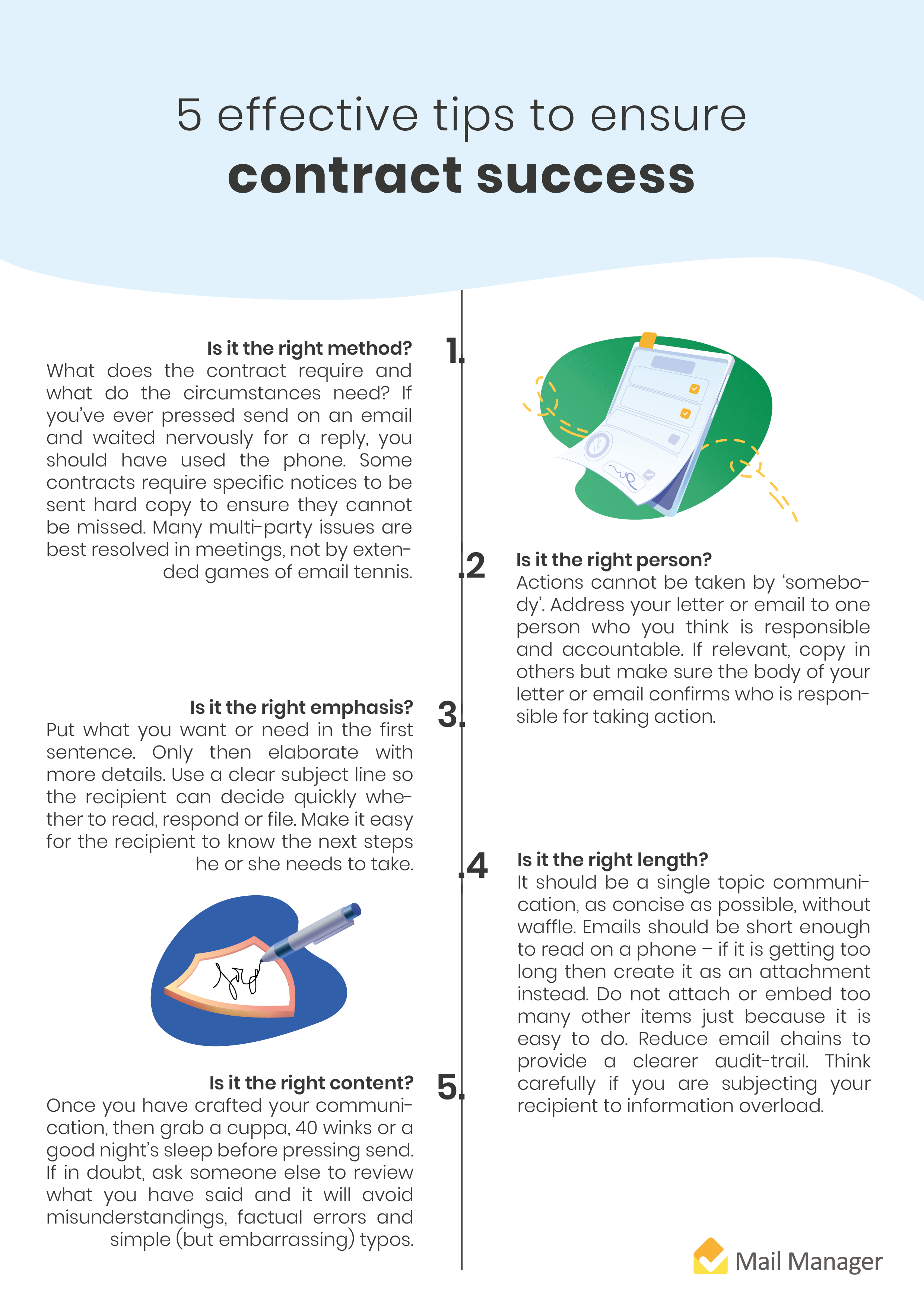It's pretty damning that a third of construction projects start without a contract in place. That's leaving businesses open to risk, but there are some quick wins that can help. For instance, did you know an email agreeing to something is enough to constitute a contract?
The first email was sent in 1971 by Ray Tomlinson as a test to himself. Since then, email has become an important part of our daily life, not only for work but also on personal life. According to Templafy, on average we send 40 work emails a day, meaning that's a lot of important information being sent and received via this method (particularly important for project-based businesses that use email as their main correspondence tool on projects).
It's always important to make sure this correspondence is clear to avoid misunderstandings, but when it comes to contracts it's of utmost importance to have it impeccable. However, email might not always be the best method for sending and agreeing contracts and project details. Below, we outline some simple steps to guarantee contract success, improve project delivery and protect yourself against future disputes. Check out these 5 steps:











